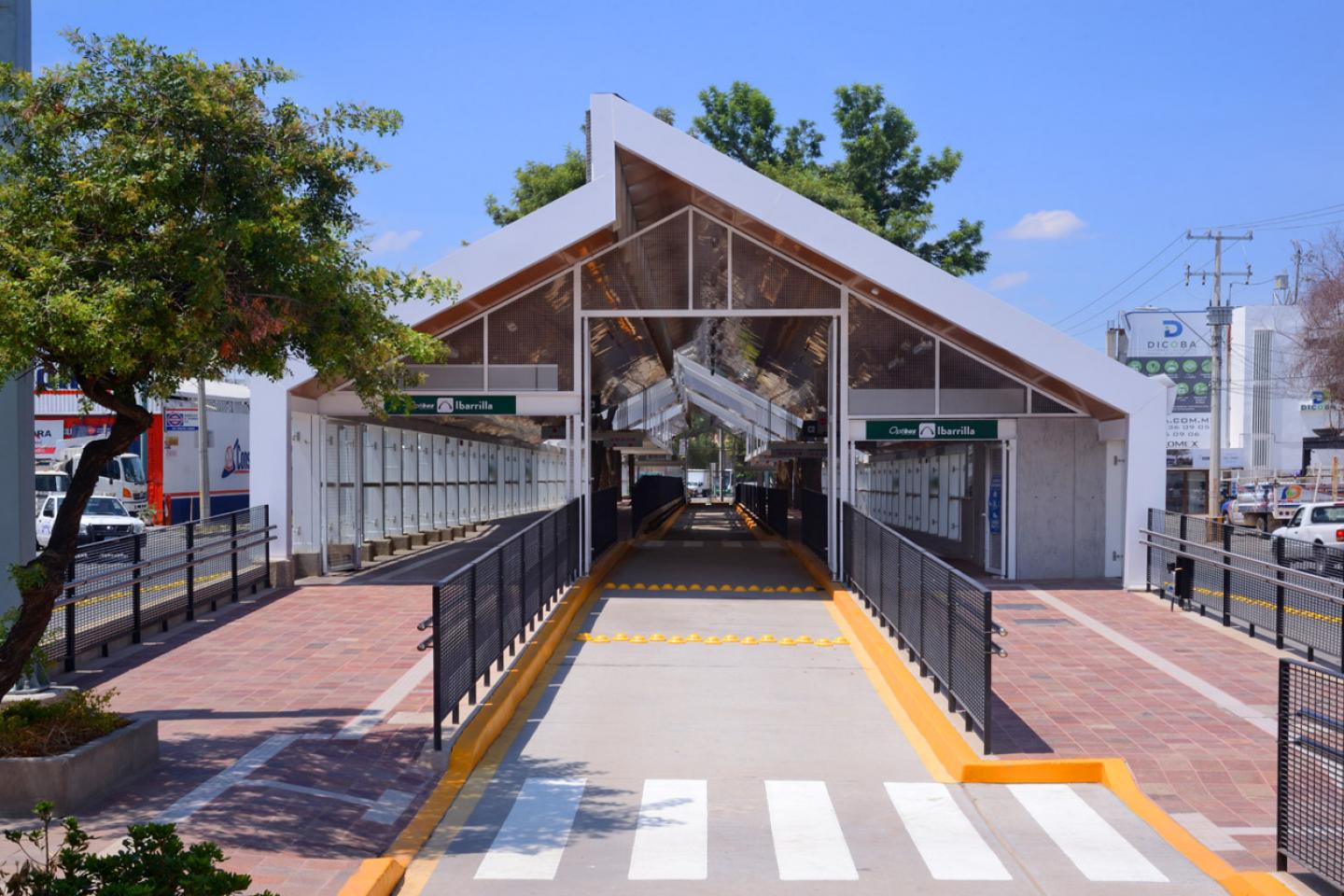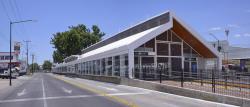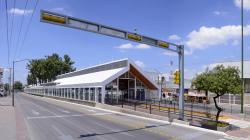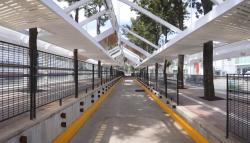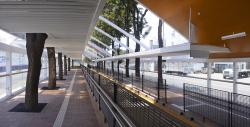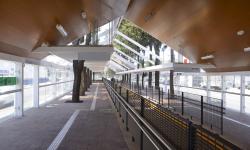Citizens move all the time. We need it: our various activities require us to go from one place to the other. The need for mobility within large cities thus represents a growing challenge for our authorities, who have to seek to solve public transport systems while taking care of maintaining a balance with care for the environment. This double concern has become a priority and is known under the term of sustainable urban mobility.
The public transport system is relevant in this area because it responds to citizens' need for mobility, on the one hand, and because its efficiency is directly linked to the reduction in the use of private cars, which results in less pollution. In León, Guanajuato, the Integrated Transportation System has become a benchmark not only within the country, but throughout Latin America. Together with the municipal administration, we worked on the construction of a station for this System that would offer a friendly solution for its users and for the environment where it was built.
Cities have always faced the commitment to improve their mobility, which has become one of their greatest challenges. Through this, what is finally sought is to promote the quality of life of its inhabitants and solve this specific need, but without overlooking the impact that this could generate on the environment, so the premise of the use of transport public and sustainable mobility models has prevailed and is increasingly strengthened.
Based on this discourse, the actions in the City of León, Guanajuato, refer to the creation of the Integrated Transportation System in 2003, which has become a benchmark within Mexico and throughout Latin America. This System connects more than 85 percent of the city and offers more than 850,000 daily trips.
The objective was to build a station for urban transport that would combine efficiency and accessibility with care for the natural environment where it is located.
With the optimization of resources within the public administration, establishing a uniform design concept for this type of intervention, which is added to an existing urban context as a condition, usually decrees intransigence in terms of design, given the vision of the city project, and it does not give opportunity to the specific variants that the existing elements could come to represent and that require comprehensive and specific solutions. This element became our scoop of intervention, conceptualization and technical solution.
2020
2020
Project name: Microestación Ibarrilla
Category: Landscape architecture and public space
Location: León, Guanajuato, Meéxico
Year: 2020
Area: 1,300.00 m2
Photography: Allen Vallejo
Project design: 501 Durán Arquitectos
Arch. Luis Miguel Durán López
Collaborators:
Carlos María Flores
David Sánchez
